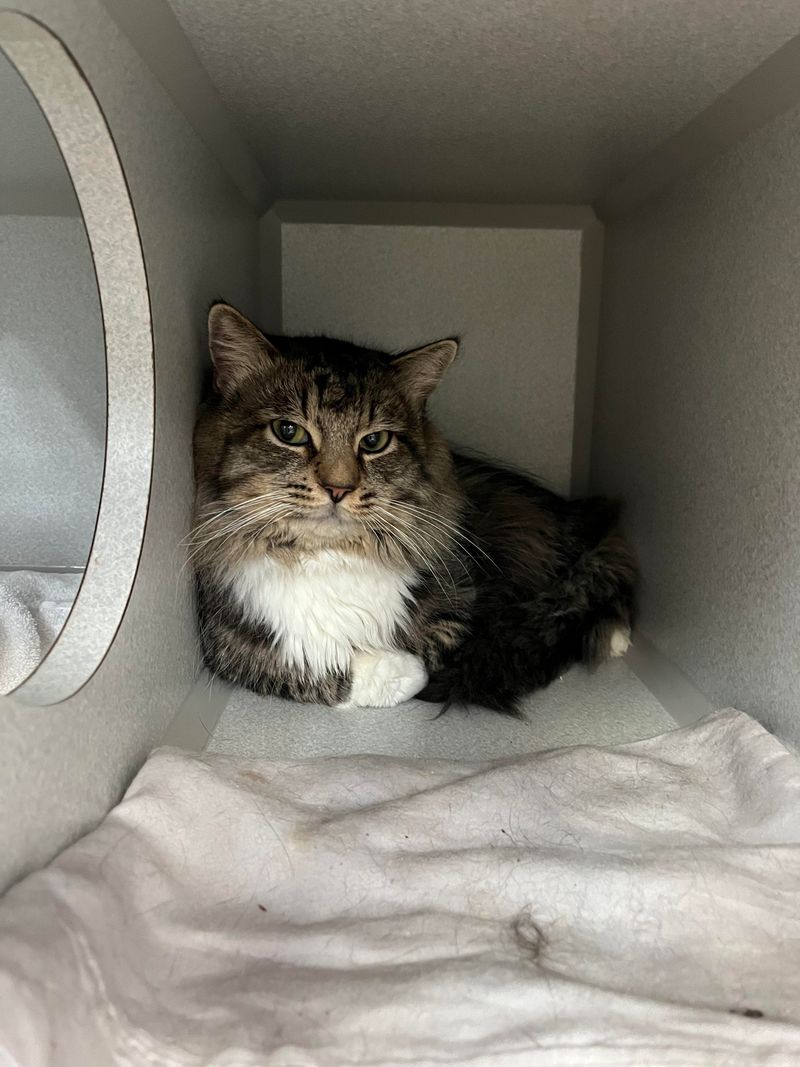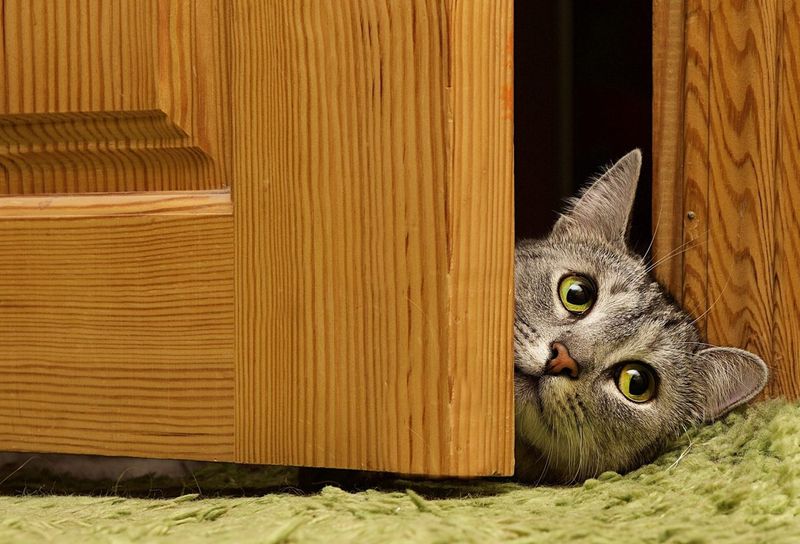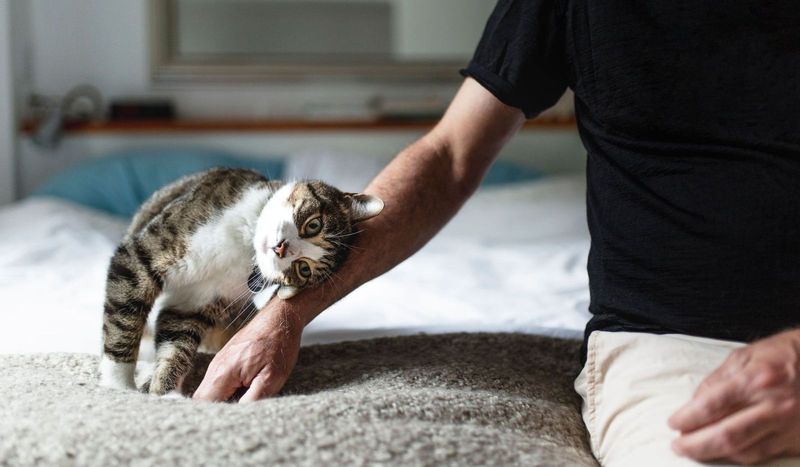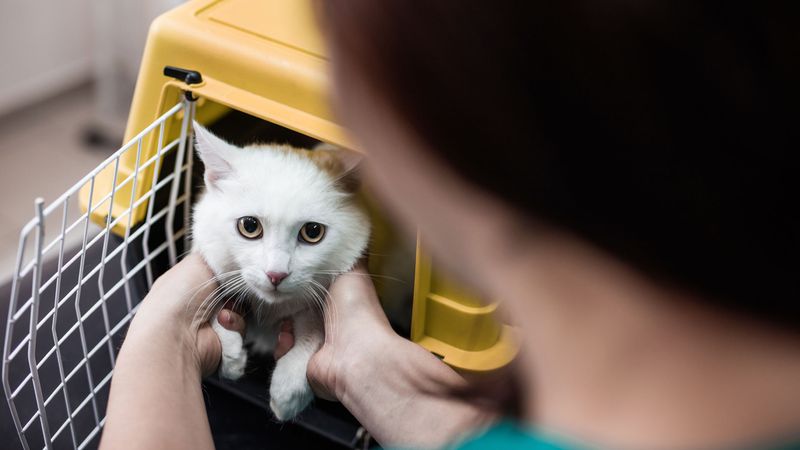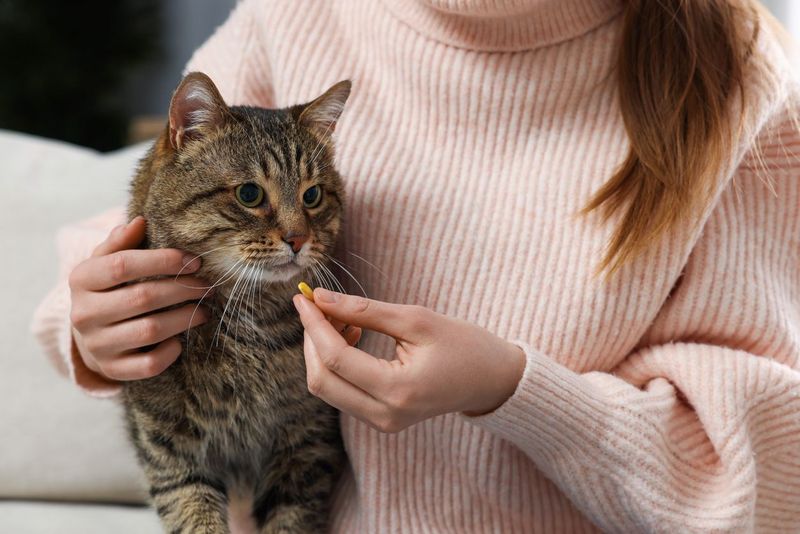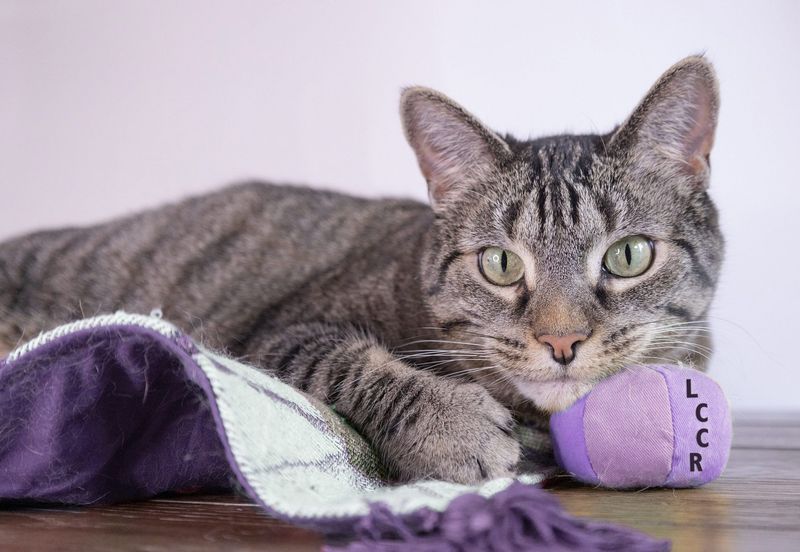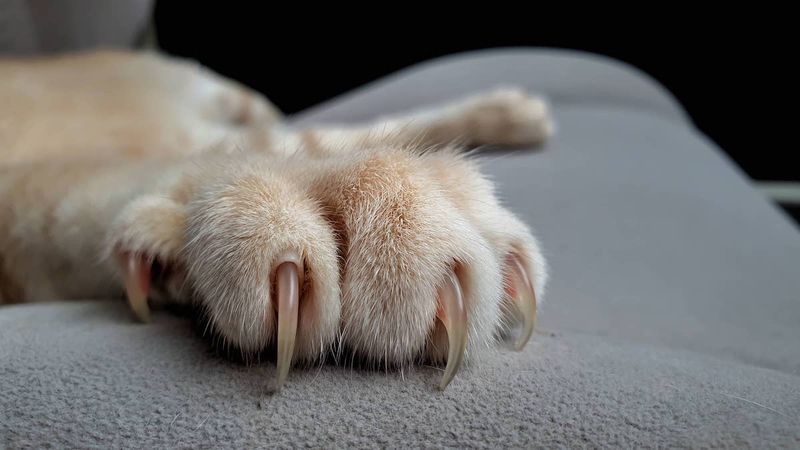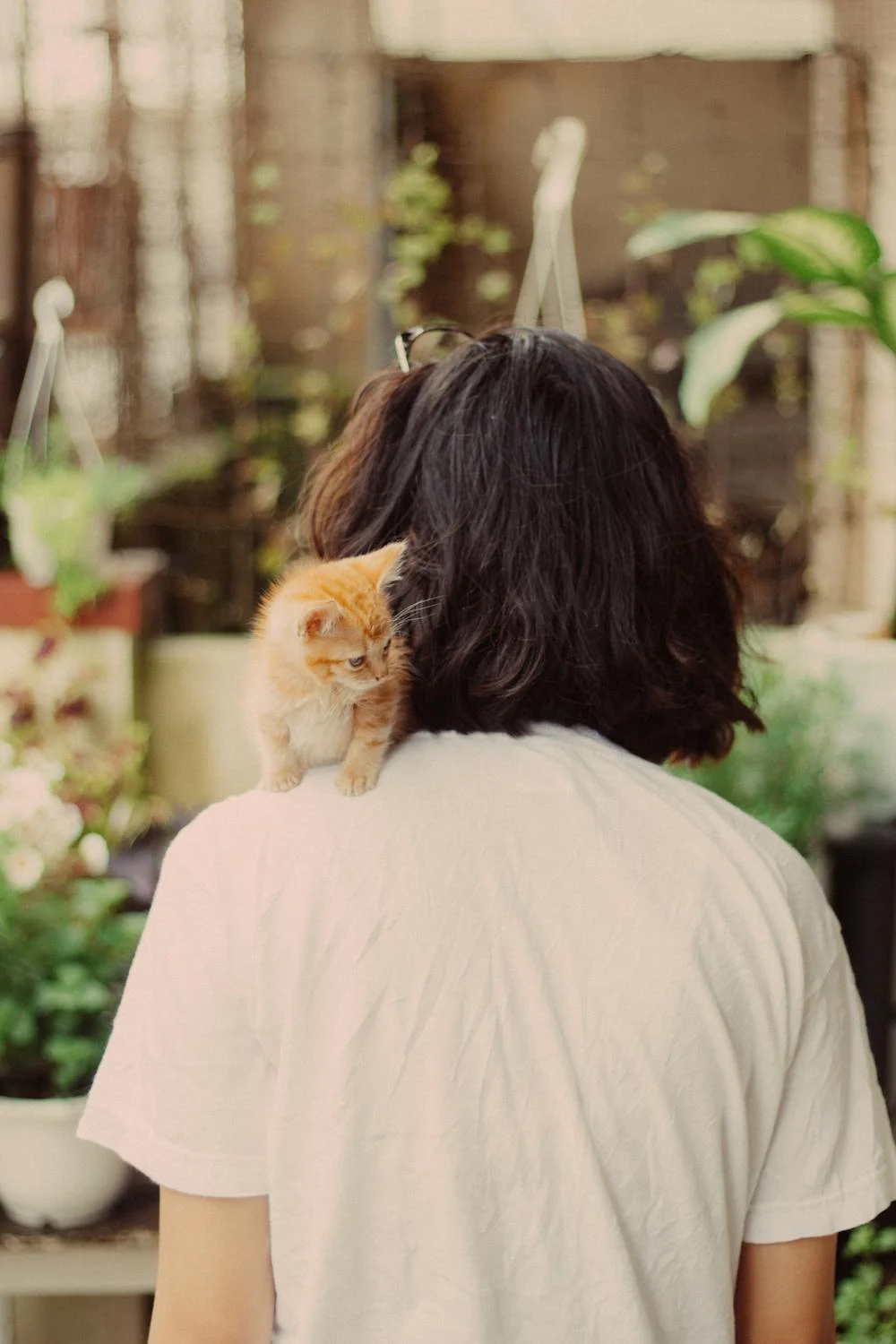📖 Table of Content:
- 1. Patience is Everything
- 2. Expect the Unexpected
- 3. Let Go of Past Expectations
- 4. Trust is Earned, Not Given
- 5. It’s Okay if They Don’t Love You Right Away
- 6. Your Energy Affects Them
- 7. Progress Looks Different for Every Cat
- 8. You’ll Learn a New Language
- 9. Let Them Set the Pace
- 10. Frustration is Normal—Compassion is Key
- 11. Love Might Look Different Than You Expect
- 12. You’re Their Safe Place Now
- 13. They Might Test You
- 14. The Bond You Build Will Be Worth It
- 15. You’re Saving a Life—But They Might Save Yours Too
Adopting a rescue cat is a deeply rewarding experience, but it also comes with challenges that require patience and understanding. Every rescue cat has a unique background, which can shape their behavior and trust levels. Whether they are shy, fearful, or eager to bond, your approach will play a crucial role in helping them adjust. By preparing yourself mentally and emotionally, you can create a supportive environment where your new companion feels safe and loved.
Building trust takes time, especially for a cat that may have experienced neglect or hardship. Instead of expecting immediate affection, allow them to set the pace for interactions. Small gestures, like offering treats, speaking softly, and respecting their need for space, can go a long way in earning their trust. Learning to read their body language will help you understand when they feel comfortable or overwhelmed. Over time, patience and consistency will help form a deep and meaningful connection.
Cats have unique ways of expressing affection, and it’s important to appreciate their individual personalities. Some may enjoy curling up beside you, while others show love through slow blinks or simply staying in the same room. Rather than imposing expectations, embrace their natural behavior and let the bond develop organically. The journey of adopting a rescue cat is about more than just providing a home—it’s about building a lasting relationship based on trust, respect, and mutual understanding.
1. Patience is Everything
Your rescue cat is adjusting to a whole new world. They may hide, refuse to eat, or avoid interaction at first. Shelter cats often carry invisible emotional scars, and their behaviors may not always make sense at first. Some may be fearful and hide for long periods, while others might seem overly attached or anxious. Understanding that their past experiences influence how they react can help you approach them with empathy rather than frustration. Be prepared for setbacks, as trust isn’t built in a straight line—there may be days when they regress into old fears. Give them time—progress happens on their terms, not yours. Patience is key to helping them feel secure. Allow them to explore and approach you when they feel comfortable. It may take days, weeks, or even months, but your consistent, patient approach will eventually earn their trust.
2. Expect the Unexpected
No matter how much research you do, every rescue cat is unique. Some may be affectionate right away, while others need months to trust. Be ready to adapt to their personality rather than expecting a specific outcome. Cats have their own quirks, and embracing these differences can lead to delightful surprises. Keep an open mind and be flexible in your approach to handling their behavior. What works for one cat may not work for another, so patience and a willingness to learn will help you build a stronger bond. In time, you’ll come to appreciate their individuality and the special way they choose to connect with you.
3. Let Go of Past Expectations
If you’ve had cats before, resist the urge to compare. Your new cat may act nothing like your past pets, and that’s okay. Let them be who they are, not who you hoped they’d be. Each cat is an individual with its own set of likes and dislikes. Celebrate their uniqueness and learn to appreciate the new experiences they bring into your life.
4. Trust is Earned, Not Given
For a rescue cat, humans may not have always been safe. They need proof that you won’t hurt them. Move slowly, speak gently, and respect their boundaries—trust will come in time. Never force interactions; instead, create opportunities for them to feel safe. Offer treats, engage in quiet activities nearby, and let them observe you from a distance without pressure. Over time, they will associate you with comfort and security, building a strong foundation of trust. Once they realize they are in a home where they are truly safe, they may begin to seek out affection on their own terms.
5. It’s Okay if They Don’t Love You Right Away
Some rescue cats take weeks or months to warm up. Don’t take it personally if they don’t sit on your lap or purr immediately. Love isn’t instant—it’s built through small, consistent acts of kindness. Every interaction, no matter how small, contributes to building a loving relationship. Give them space to grow comfortable, and eventually, they’ll show their affection in their own unique way.
6. Your Energy Affects Them
Cats are highly sensitive to human emotions. If you’re stressed, anxious, or impatient, they’ll pick up on it. Try to stay calm and reassuring, even when things feel frustrating. Your energy sets the tone, so a peaceful environment helps them feel safe. Practicing mindfulness can not only benefit you but also create a harmonious space for your cat to thrive. Simple actions like speaking softly, moving slowly, and maintaining a consistent routine can make a big difference in how they respond to you. Over time, your rescue cat will mirror the sense of security and calmness you provide.
7. Progress Looks Different for Every Cat
For some, progress is curling up next to you. For others, it’s simply not running away when you enter the room. Celebrate the little victories—they add up over time. Each milestone is a step towards trust and comfort. Recognize and cherish these moments, no matter how small they may seem, as they are significant in building your bond. What may feel like minor progress to you is a big step for them, showing their growing sense of security. Acknowledging these achievements with patience and appreciation will strengthen your connection and reinforce their trust in you.
8. You’ll Learn a New Language
Felines communicate through body language, subtle movements, and vocalizations. Pay attention to their signals—they’re telling you everything you need to know. Understanding their cues will help you respond appropriately and strengthen your relationship. A flicking tail, flattened ears, or slow blinks all convey different emotions and levels of trust. In time, you’ll become fluent in their unique language, deepening your connection. The more you observe and respect their signals, the more they will trust and engage with you on their own terms.
9. Let Them Set the Pace
Forcing interactions can do more harm than good. If they’re hesitant, let them approach you when they’re ready. Trust is strongest when built on their terms. Respect their personal space and timing, allowing them to feel in control of their environment. Small gestures, like sitting quietly nearby or offering treats without expectations, can encourage them to come closer. Your patience will pay off, leading to genuine and lasting trust. When they finally choose to seek affection, it will be a true sign of the bond you’ve built together.
10. Frustration is Normal—Compassion is Key
There will be setbacks—accidents, hiding, hissing, or even ignoring you completely. It’s normal to feel frustrated, but responding with patience and compassion is what makes the difference. Mistakes are part of the process; how you handle them matters. Instead of reacting with disappointment, try to see things from your cat’s perspective—they are still learning to trust and adapt. Showing empathy and understanding helps build a nurturing and supportive environment. With time, consistency, and reassurance, they will come to see you as a source of safety and comfort, strengthening your bond even through challenges.
11. Love Might Look Different Than You Expect
Not every cat is a cuddler, and that’s okay. Some show love by blinking slowly at you from across the room or sitting in the same space as you. Learn to recognize and appreciate their unique ways of expressing affection. Their subtle gestures speak volumes about their feelings, even if they don’t seek physical closeness. A gentle head nudge, a relaxed tail flick, or simply choosing to stay near you are all signs of trust. Embrace these quiet moments as expressions of their love and connection, knowing that each cat shows affection in their own special way.
12. You’re Their Safe Place Now
Your cat might have come from an uncertain past, filled with instability or fear. They need to know they are finally safe, and that trust is not something they have to question anymore. No more fear, no more neglect—just love, security, and consistency from you. Providing a stable and comforting environment allows them to heal and feel at ease in their new home. Your patience and gentle reassurance will help them understand that they are no longer in survival mode. Over time, your home becomes their sanctuary, a place where they can truly be themselves without fear or hesitation.
13. They Might Test You
Rescue cats may push boundaries—scratching, knocking things over, or ignoring you. It’s not about misbehavior; it’s about figuring out their new world and testing what is safe. They may have never had structure before, so they’re learning through exploration. Stay patient and guide them gently, using kindness rather than punishment. Set clear, gentle boundaries, and reinforce positive behavior with treats, praise, or playtime. Your understanding approach will help them learn and adapt to their new environment, showing them that they are safe while also helping them feel secure in their new routine.
14. The Bond You Build Will Be Worth It
There’s something special about earning the love of a rescue cat. When they finally trust you enough to curl up beside you, purr, or rub against your leg, it’s one of the most rewarding feelings in the world. These small yet meaningful gestures are their way of saying they feel safe and loved. Your patience and dedication come full circle in these moments, proving that the time and effort were worth it. Cherish and celebrate the journey you’ve taken together, knowing that every step—no matter how small—has led to this incredible bond built on trust, love, and mutual understanding.
15. You’re Saving a Life—But They Might Save Yours Too
Rescue cats often come into our lives when we need them most, offering comfort in ways we never expected. The love, companionship, and quiet presence of a cat can be incredibly healing, providing a sense of peace and emotional support. While you’re giving them a second chance, don’t be surprised if they change your life just as much as you change theirs. Their companionship can ease loneliness, reduce stress, and bring unexpected moments of joy. In many ways, the bond you share becomes mutually transformative, creating a connection that enriches both of your lives in profound and lasting ways.


